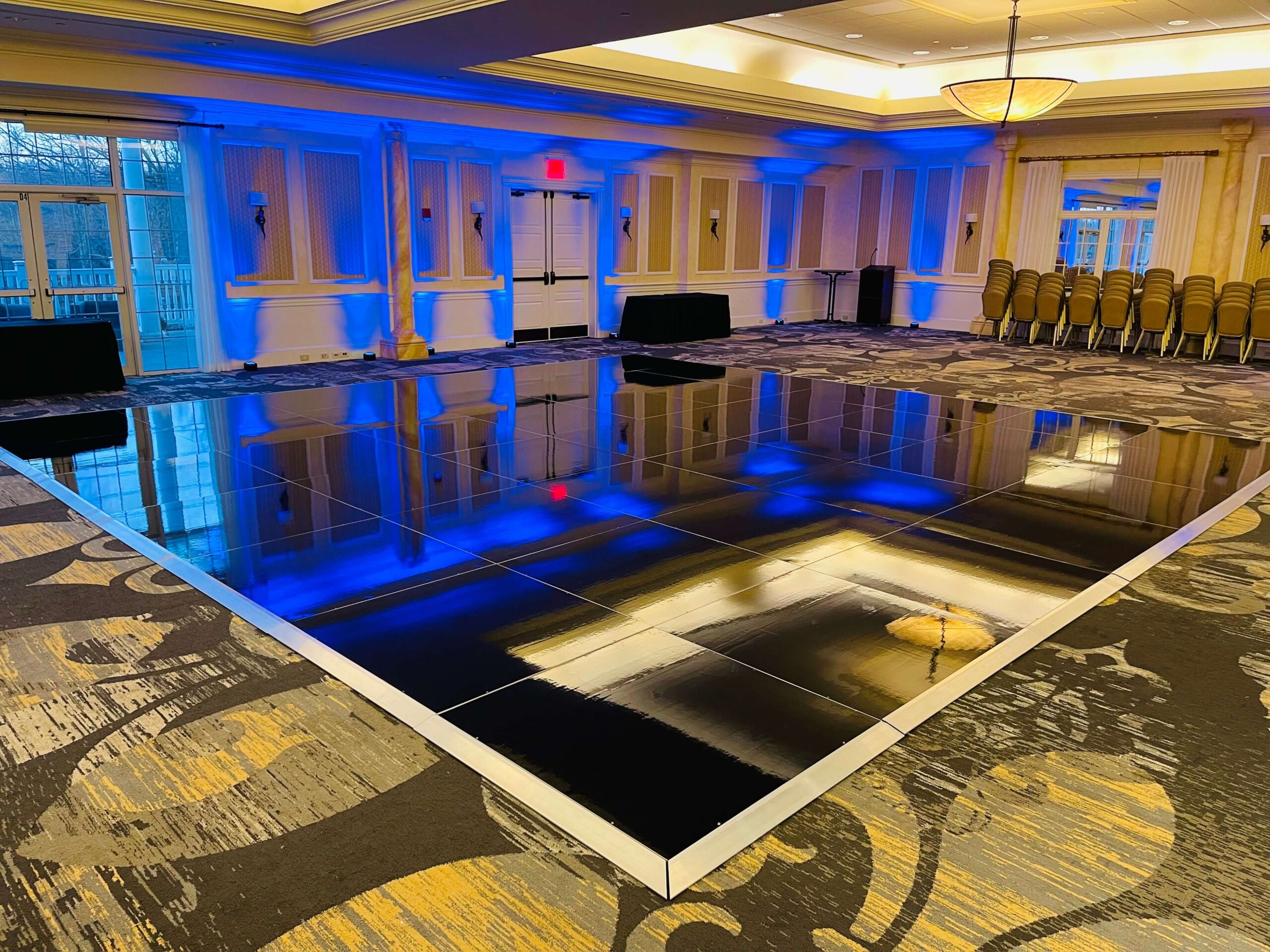The Revolutionary Power in Luminance on Elevating Dance Surface Aesthetics
The Revolutionary Power in Luminance on Elevating Dance Surface Aesthetics
Blog Article
Illumination plays a critical role in establishing the atmosphere of a dancing area. It can transform a plain space into an thrilling setting that boosts the total encounter for performers and spectators alike. The appropriate lighting can influence the feeling, dynamism, and even the form of the performance being performed. By using multiple types of lighting, such as focused lights, colored illumination, and strobe effects, event planners can create a lively environment that engages the spectators and encourages involvement.
One of the primary functions of lighting on a dance floor is to highlight the performers. Focused lights can be used to direct attention on individual dancers or groups, making them the center of attraction. This technique not only showcases their movements but also adds a layer of drama to the performance. When dancers are illuminated effectively, their expressions and techniques become more visible, allowing the audience to appreciate their skills. This focused lighting can also help to establish a narrative, guiding the spectators through the performance.
In furthermore to showcasing performers, colored lights can significantly impact the mood of the dance floor. Different colors evoke different emotions; for example, warm colors like red and orange can create a sense of excitement and vitality, while cooler colors like check here azure and emerald can encourage tranquility and ease. By thoughtfully using colored lights, event planners can manipulate the atmosphere to match the theme of the event or the style of the dance. This considerate approach to lighting setup can improve the overall encounter for all involved.
Strobe lights and other dynamic lighting effects can also add thrill to a dancing area. These effects can create a sense of rhythm and movement that complements the music being performed. When timed with the rhythm, flashing lights can make the dancing area feel alive, encouraging dancers to move in time with the flashing lights. This connection between light and sound can boost the vitality of the occasion, making it more pleasurable for both dancers and spectators. The use of such effects requires careful planning to ensure they enhance rather than distract from the performance.
Ultimately, the complete setup of the lighting setup is essential for creating a cohesive aesthetic on the dancing area. A well-thought-out lighting plan considers the configuration of the area, the kind of dance being performed, and the audience's encounter. By combining various lighting techniques, such as ambient lighting, highlighting, and unique features, organizers can create a aesthetically impressive setting. This attention to detail not only improves the show but also leaves a lasting impact on the spectators, making the event memorable. In summary, the powerful power of lighting is vital in improving dance floor appearance, establishing an engaging and enjoyable experience for everyone.